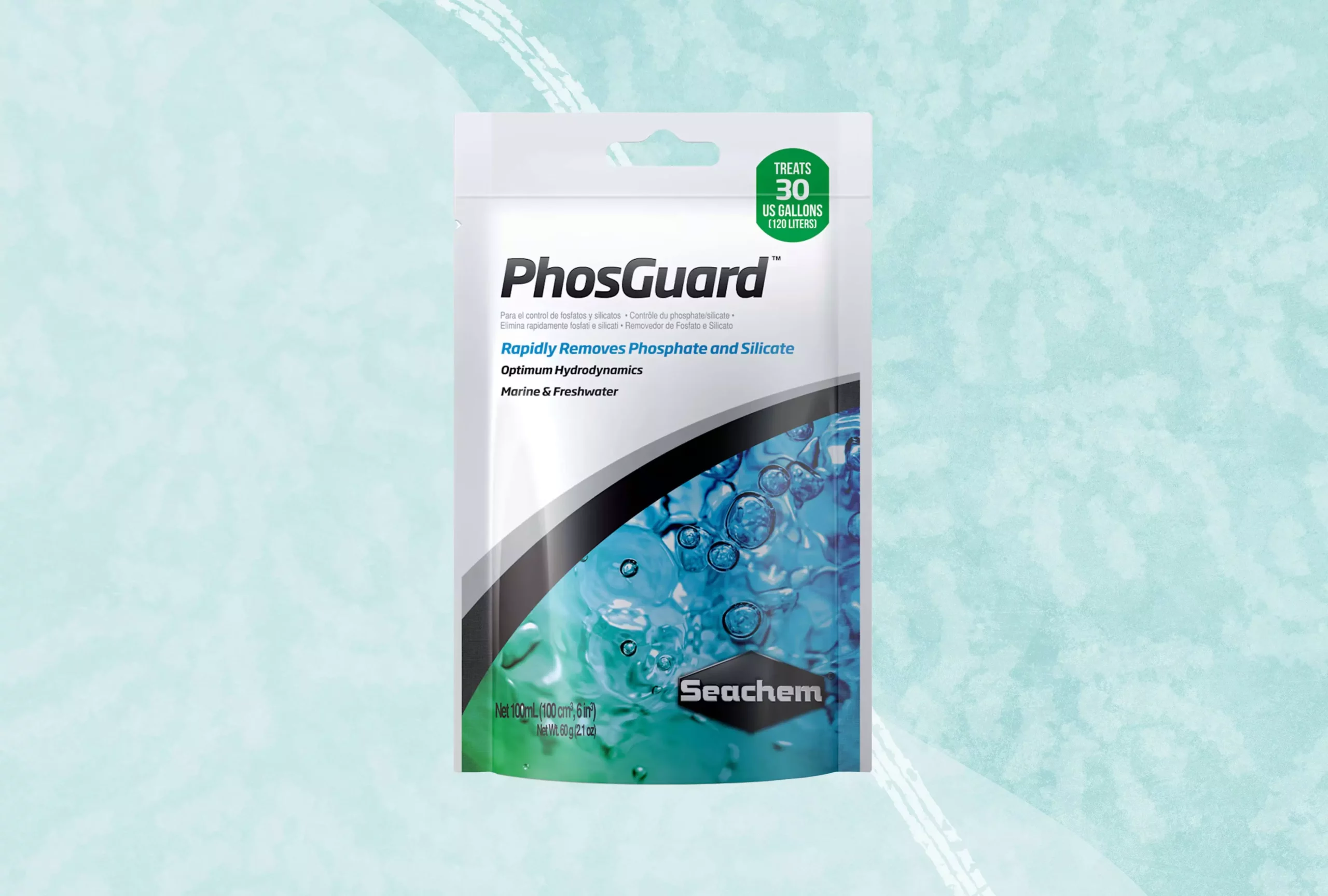Maintaining a clean and healthy aquarium environment is vital for the well-being of the aquatic residents. One of the most problematic issues that aquarists face is managing phosphate levels. High phosphate concentrations can lead to unwanted algae blooms, causing significant imbalances in water quality. Understanding phosphate’s role in your aquarium, along with effective management strategies, is key for any aquarist aiming to create a thriving aquatic ecosystem.
Phosphates are a common contaminant found in both freshwater and saltwater setups, primarily derived from fish food and organic waste. While phosphates themselves aren’t directly harmful to fish, they serve as a nutrient source for algae, leading to overgrowth that can choke plants and coral, reduce oxygen levels, and disrupt the tank’s overall pH balance. Thus, the immediate concern isn’t just the presence of phosphates, but the secondary effects they have on the aquatic life therein.
Recognizing the sources of phosphates is critical in determining the solution to managing them. Excess food, decaying organic matter, and even tap water used during water changes can introduce higher phosphate levels into your aquarium. Routine monitoring of water quality is essential to distinguish between healthy levels and those that could potentially trigger significant issues in your aquarium.
Before deciding on a phosphate removal method, it’s important to accurately assess the phosphate levels in your aquarium through regular testing. Many aquarium supply stores offer test kits that measure phosphate levels. It’s crucial to understand that while low levels may not pose an immediate threat, a steady rise can lead to conditions favorable for algae proliferation.
The symptoms of high phosphate levels typically include rapid algae growth, cloudiness in tank water, and reduced oxygenation, making it crucial for fish owners to act quickly. By promptly recognizing the signs of phosphate buildup, aquarists can implement the necessary mitigating strategies to restore balance to their tanks.
There are several effective products available for removing phosphates from your aquarium, which can be categorized into three main types: liquids, sponges, and granular ferric oxide (GFO). Each method comes with its advantages and potential drawbacks.
**1. Liquid Phosphate Removers:**
Liquid phosphate removers like Brightwell Aquatics Phosphat-E are convenient and efficient for addressing transient spikes in phosphate levels. However, they require repeat dosing and can make the water temporarily cloudy as the chemicals react with the phosphate, forming insoluble particles.
**2. Phosphate Sponges:**
Brand products like API’s Phos-Zorb offer a simple approach for phosphate removal in both freshwater and saltwater environments. These pre-measured media often come as small spheres or granules and require periodic replacement to maintain effectiveness. Their ease of use makes them a favorite among less experienced aquarists.
**3. Granular Ferric Oxide (GFO):**
Products such as PhosBan from Two Little Fishies have proven to be effective in long-term phosphate control. GFO binds phosphates through a chemical reaction but should ideally be used in a reactor to maximize contact time. While a more involved process, its efficiency in phosphate elimination typically outweighs the effort.
Regardless of the method chosen, the key to effective phosphate management lies in diligent maintenance and monitoring. A careful routine can prevent issues before they arise, keeping phosphate levels in check and promoting a balanced environment. Regular water changes and careful feeding practices are essential components of any aquarium maintenance regimen, but they should be complemented by active monitoring and strategic interventions using phosphate removal tools.
Additionally, aquarists should implement water flow assessments in their filtration systems. Many phosphate removal products function best when accompanied by adequate water movement to facilitate contact between the treatment medium and the phosphate-laden water.
While phosphates may serve as a nutrient source in aquariums, their unchecked growth can lead to severe ecological imbalances. By understanding the role and sources of phosphates, regularly monitoring levels, and selecting the most appropriate phosphate removal products, aquarists can maintain a healthy aquatic environment and support the overall well-being of their fish. A proactive approach to water quality, coupled with systematic maintenance, will pave the way for a flourishing aquarium that both aquarists and their aquatic companions can enjoy.
With a vigilant eye and the right tools, battling phosphate-induced algae and ensuring a balanced ecosystem is an achievable goal for any dedicated aquarium enthusiast.

